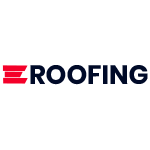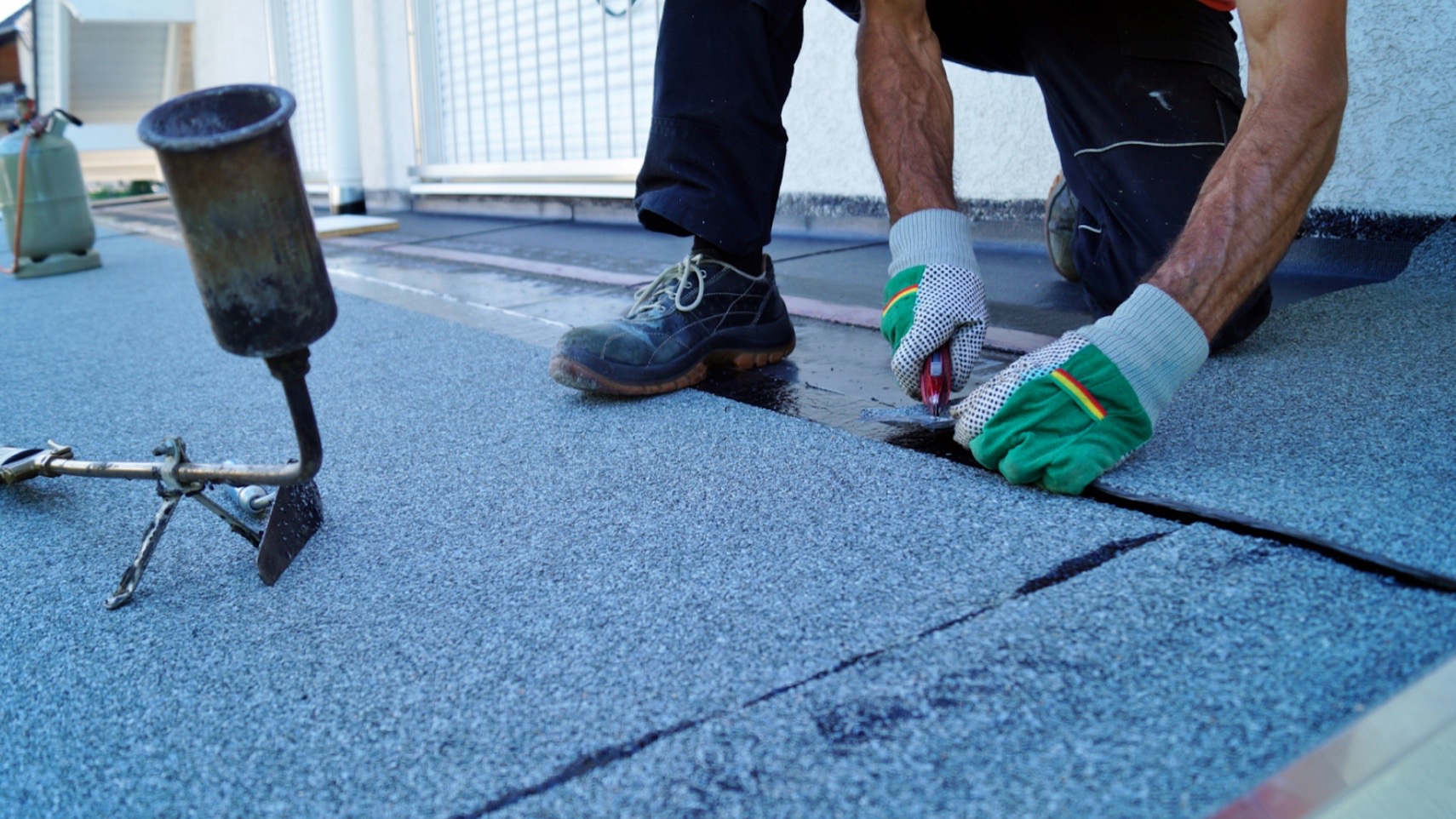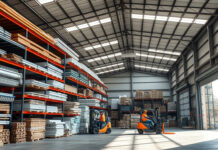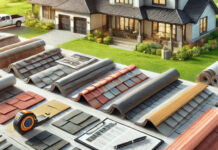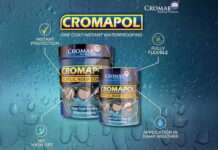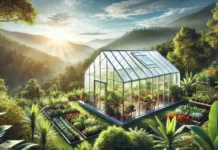While previously considered a lesser roofing solution, flat roofs are becoming more popular in commercial and residential properties. Unlike traditional pitched roofs, they have lower pitches and are installed to ceiling joints.
Flat roofs typically have additional waterproofing features, and modern solutions ensure they can provide optimal protection from the weather. Better still, the simple installation process often makes these systems more affordable.
With so many materials available for flat roofing systems, knowing which suits your needs can be challenging – but we’re here to clear some things up.
Read on to learn everything you need to know about the range of roofing sheets available and when each is best for your needs.
Roofing felt
As the most common material for flat roofs, felt is renowned for its high performance and affordability. There are many types of felt to choose between, with each suiting specific building types and other requirements, including:
- Self-Adhesive Felt: If you’re looking for a stress-free solution, self-adhesive felt is easy to install and highly affordable. It comes in rolls you can press across the roof, fixing them down.
- Shed Felt: Sheds don’t need as much protection as other buildings, and this form of felt is more affordable. It’s also lightweight and uses a two-layer system.
- Torch-On Felt: Torch-on felt is the most expensive roofing material. It uses a bitumen layer for added protection. Commercial properties can benefit from torch-on felt but require professional installation.
The pros of roofing felt:
- Affordability: You’ll have difficulty finding a cheaper material than felt. It’s ideal if you’re on a budget and want to combine durability with protection.
- Simplicity: Most forms of roofing felt are easy to install. Unless you’re working with torch-on felt, advanced DIY knowledge should be sufficient.
- Durability: Roofing felt can last for between 10 and 20 years, offering adequate protection for properties in the UK.
The cons of roofing felt:
- Longevity: While roofing felt is durable, other materials require less maintenance and longer lifespans.
- Customisation: Most roofing felts come in dark colours, leaving little room for bolder ideas.
Fibreglass (GRP) roofing
Also called Glass-Reinforced Plastic roofing, fibreglass is an excellent material for flat roofs. Renowned for its impressive durability, this material can protect your building against extreme weather, storms, and regular foot traffic.
It also has superior waterproofing abilities, which are ideal for flat roofing designs, as they’re usually more susceptible to flooding.
GRP roofing pros:
- Longevity: Fibreglass roofing materials ensure a streamlined and watertight finish when installed correctly. They usually last between 20 and 30 years.
- Durability: These roofs can survive extreme heat, winter temperatures and significant rainfall, making them ideal for the notoriously volatile British climate.
- Aesthetic Appeal: GRP ensures a smooth and streamlined finish, which suits modern buildings.
GRP cons:
- Costs: Fibreglass is one of the more expensive materials, usually costing £15 per square metre. In contrast to felt, it’s not a budget material.
- Versatility: Unfortunately, due to the manufacturing process, most GRP roofing materials are only available in darker colours.
Ethylene Propylene Diene Monomer (EPDM)
EPDM roofing materials are among the most sought-after solutions because they offer a host of benefits and won’t cost the earth. Made of synthetic rubber, they’re particularly suited to flat or low-pitched roof systems.
Whether you’re a tradesperson or DIY enthusiast, choosing EPDM roofing materials ensures longevity and streamlined aesthetic appeal, making it a worthy investment for contemporary and traditional property styles.
EPDM pros:
- Longevity: Investing in EPDM membranes gives you a long-term solution that will last for years—between 40 and 50, to be exact. When compared to other materials, EPDM is undoubtedly the winner for its impressive lifespan.
- Affordability: Considering its durability, EPDM is a relatively cost-effective material, with prices per square metre averaging £9.00.
- Durability: EPDM membrane is durable, protecting your property against the elements and maintaining energy efficiency.
EPDM cons:
- Limited Aesthetics: Most EPDM membranes come in darker colours, but you can also find some lighter tones. They merge into any roof effortlessly, but the lack of versatility might be a dealbreaker for some.
- Puncture Prone: Although EPDM is generally highly durable, it is prone to punctures when it comes into contact with sharp objects.
Green roofing
With the ongoing fight to save our planet, property owners are looking for eco-friendly materials. Green roofs are relatively new, but they’re sure to make an impact. They use trays that contain greenery and vegetation, which are installed onto the roof’s surface.
Aside from aesthetic appeal, green roofs enhance air quality and reduce the need for artificial lighting and heating.
Green roof pros:
- Longevity: The greenery often found in green roofs is designed to survive different temperatures and seasons. Many are a year-round solution, especially if you choose a green roof with hardy plants.
- Lifespan: Most green roofs will last between 40 and 50 years, depending on their quality.
- Beauty: If you’ve seen a green roof before, you’ll know it wins hands down in the beauty stakes. These roofs are eye-catching and never fail to make an impression.
Green roof cons:
- Cost: Unfortunately, green roofs aren’t accessible to many property owners due to their expense. At £90 per square metre, they’re a premium option.
- Installation Difficulty: In most cases, you’ll need to find a roofing service specialising in green roof installation.
Key takeaways
When choosing a roofing material, remember to think about your needs and which roofing sheets will provide the best balance between affordability and quality:
- Choosing a cheap roofing material will save you money—but will you spend more in the long run? The costs associated with repairs, maintenance and replacements can mount up.
- Fibreglass, felt, and EPDM are currently the most popular roofing materials, but we can expect to see green roofs become more prevalent.
- Selecting a roofing material that aligns best with your home ensures a streamlined finish. Felt is popular for homes of all styles, while fibreglass suits modern homes. EPDM can blend in with both contemporary and traditional architectural styles.
If you’re looking for high-quality flat roofing products, E-Roofing has a range of materials from reputable suppliers across the UK. With speedy UK delivery and a team of experts ready to offer support, we cater to all your roofing needs.
